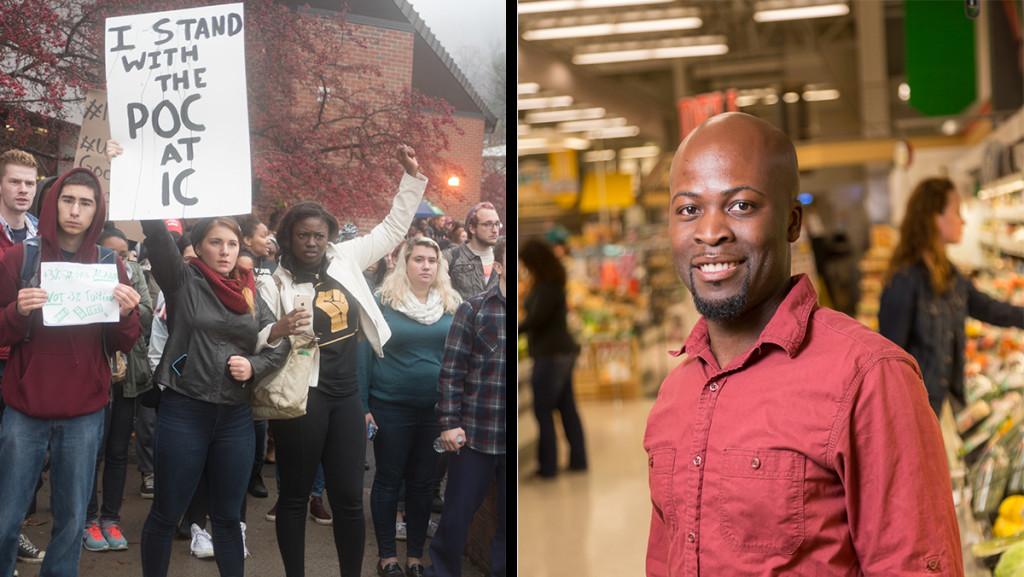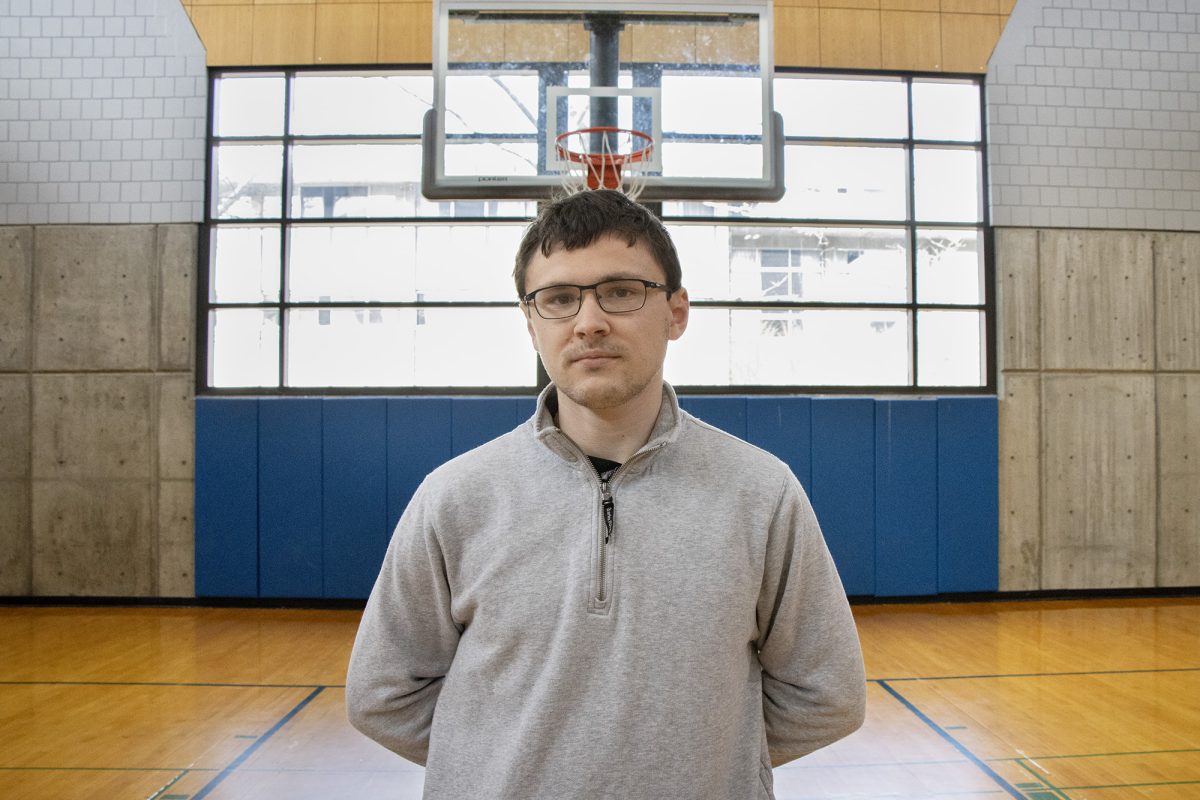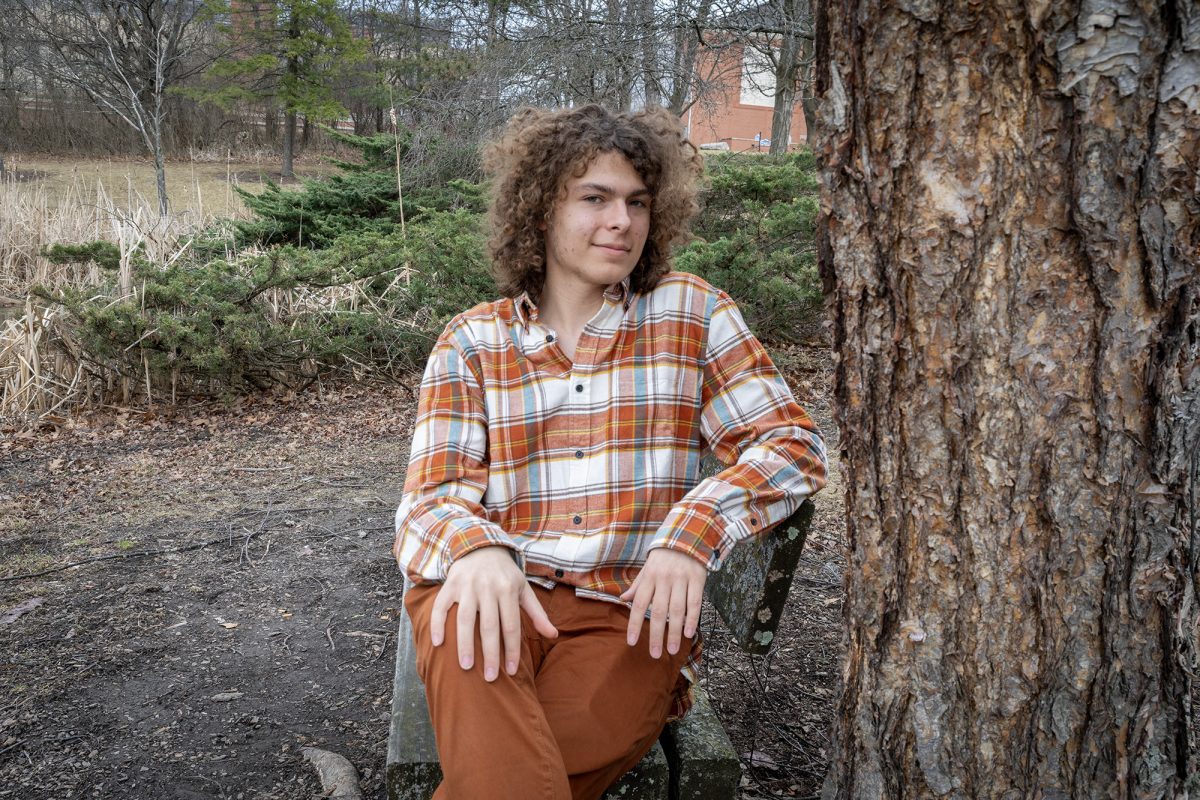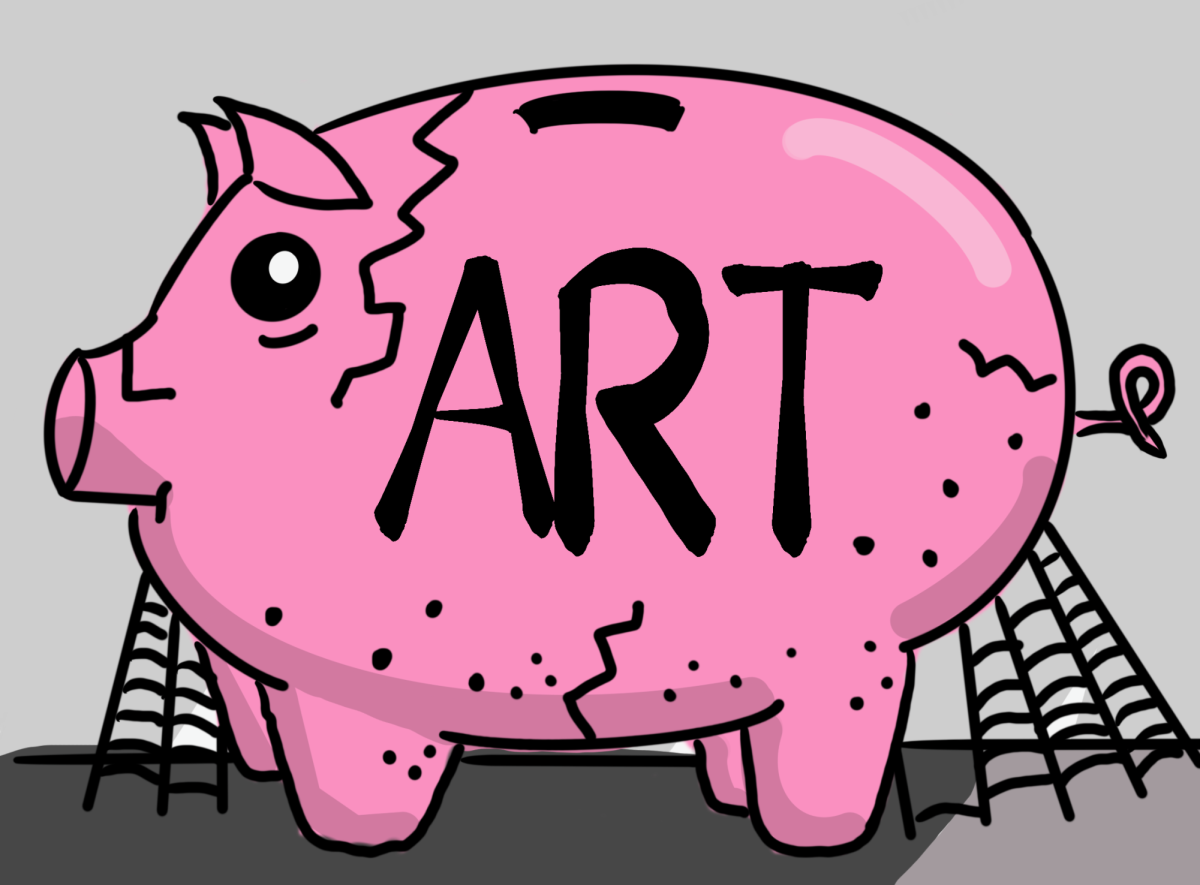Students of color have been protesting at several schools across the country. Some might think their grievances are trivial, especially since they come at a time when the students seem to have as much access to the institution’s resources as their white peers. Others view the protests as a sign that, in terms of the reception of students of color at predominantly white colleges and universities, nothing has changed. I think both perspectives offer inadequate assessments.
First, the protests, and the things about which they are protesting, are a sign of progress. Second, the protests show that having a diverse student body requires significant changes to the fabric of the institution. And finally, and most importantly, these protests make clear that access and openness does not, in itself, lead to the democratic ideals institutions of higher education aspire toward.
Here’s an analogy to illustrate my arguments.
When you visit a friend’s house, you behave differently than when you are at your own home. If it is someone you barely know, you might wonder if you should take off your shoes at the door or if you are able to wear them in the house. You wonder where to hang your coat, and, if you want a glass of water, you ask. You don’t just go into the refrigerator.
If your stay with the friend goes beyond a week, you will soon find answers to these initial questions. You will know where to put your shoes and hang your coat. And if your household is like mine, you will no longer be served — you will be told to get your own water.
If, after a while, you decide to ask your friend to stay permanently, and your friend agrees, you will once again change your ways around the house. Since your name is now on the lease, you will get a say in how to decorate the living room. The old couch on one corner might get replaced. There will be a conversation around the photo on the main wall that you dislike. It will be within your rights to ask your friend to take it down.
As a guest, you might have been shy to ask your friend to keep the music down in the morning, but, now, you should feel much more comfortable to do so. Because the contents of the fridge are as much yours as they are your friend’s, you will no longer ask to go in there to get something to drink or eat. Institutions of higher education is this house, and students of color are the visitor-turned-residents. How did the students become residents? And what does it mean that they are no longer visitors?
To take the analogy even further back, there was a time when non-white students could not enter the house, unjustly so. For hundreds of years during slavery, the enslaved man or woman who taught himself or herself how to write was severely punished. And, even during reconstructions, whites, especially southern whites, actively resisted using taxpayer dollars to fund schools blacks could attend. “Educate a n—– and you spoil a good field hand,” the old saying went. The schoolhouse, at all levels, systematically denied blacks, and other persons of color, from entering.
Eventually, in the early twentieth century, the doors of the schoolhouse began to crack open, but not without formidable legal resistance. Donald Murray, the first African-American student to enter University of Maryland’s Law School, was admitted in the mid 1930s only because there was not a “separate but equal” institution for him to attend. It was a similar case for Lloyd Gaines the following year, who was refused admission at the University of Missouri. What is more, the University of Missouri offered to pay Gaines to go to another school, but Gaines refused, and the Supreme Court ruled in his favor. (Sidenote: Gaines disappeared, his case has still not been solved, before he could begin law school.) A decade later, Ada Lois Sipuel was denied admission at the University of Oklahoma College of Law. The state was so adamant about keeping this black woman out of its all white institution that they created a separate law school for blacks: the Langston University School of Law. But, the mastermind lawyer behind all of these cases, Thurgood Marshall, proved to the courts that the newly created school was significantly inferior to the state school. This was a significant crack in Plessy v. Ferguson that, along with Mendez v. Westminster — a decision in favor of the rights of Mexican American students — eventually led to the landmark Brown v. Board of Education. In the context of our analogy, we see the lengths to which various states were willing to go to keep African Americans out of the proverbial higher education house.
With these court victories, students of color forced their way into the house, but their initial reception was not welcoming. When Ada arrived on University of Oklahoma’s campus in 1949, three years after her initial application, she was forced to sit in a chair marked “colored” and roped off from the rest of the class. We are all more or less familiar with stories of various African American students who desegregated various schools, such as those of James Meredith and Dorothy Counts. In all of these cases, students faced serious threats walking into and being at the house. They were not welcomed visitors, as my analogy suggests above. The white residents of the house, along with their parents and their communities, treated students of color with intense disdain. In addition, students of color were restricted to only small corners of the house, and they had to wipe their feet and use the back doors. But, they persevered.
Then, students of color asked if they could have their own rooms, their own fields of study. This began in the late 1960s and culminated with African American Studies programs at the University of California, Berkeley. At the University of California, Santa Barbara, Mexican Americans launched a similar fight to create Chicano studies. And, at San Francisco State University, a coalition of student organizations — the Black Students Union, the Latin American Students Organization, the Pilipino American Collegiate Endeavor (PACE), the Filipino-American Students Organization and El Renacimiento, a Mexican-American student organization — formed the Third World Liberation Front, which, along with other agenda items, demanded the creation of a School of Ethnic Studies, would include American Indian Studies, Asian American Studies, Black Studies and La Raza Studies.
In subsequent decades, institutions of higher education began to invite and even welcome students of color into the house, but, for the most part, they remained guest of the house. My college experience, in the early 2000s, was the tail end of this period. I went to Ithaca College as a member of the inaugural class of the Martin Luther King Jr. Scholars Program. We were invited and well welcomed into the house. One of my fondest memories of my first year included dining with the president at her home. During my first week, I was also reminded that I was a guest, even if a very welcomed one, when the school newspaper published an article that questioned if we were qualified enough to be Ithaca College students. Over the course of my four years, I found my space. It was very clear that portions of the campus belonged to me and my black and brown peers. For example, we had the African Latino Society lounge, where organizations for students of color met, and the BET lounge, where we watched music videos in between classes. And, when organizations held events in various venues on campus, we temporarily took ownership of the space. I felt like I had full ownership of the spaces we had been granted, but not to the entire campus. It was as if we were warmly welcomed into the house but were asked to stay in a particular portion of the house — the rest of it was off limits to us. And, in subtle and not so subtle ways, it was made clear to me that I did not belong in all of the spaces. The Student Government Association office was such space. There was a large working space outside their private offices where student leaders could hang out and work. As the leader of a couple organizations on campus, I wandered in there a few times, but was immediately met with questions like “Can we help you?” or “Are you looking for someone or something?”
Students of color at Ithaca, and at many other places, now feel fuller ownerships of the institutions. Their names are on the leases. My first argument is that this sense of ownership of their schools is a sign of progress, which has come as a result of a movement that has spanned several decades. These Obama-era students don’t feel like guests in the house. They are not just passing through the house as visitors, nor are they ghettoized into certain portions of the house. When I returned to Ithaca seven years later, the SGA president was a black male and a handful of his team were also students of color. The lounge area where I could not hang out was their space. They felt just as welcomed there as they did at the African Latino Society lounge. Students at Harvard expressed a claim and an ownership of their institution with their “I, Too, Am Harvard” campaign. At my current institution, students began their rally in support of Mizzou with a “This is what Davidson looks like” chant. In all of these small ways, students feel a deeper sense of ownership of these institutions than students of color from previous generations.
Their deeper sense of ownership is challenging a false assumption that institutions and organizations, including higher education institutions, make about diversity — that it is possible to diversify their student body or work force without changing the fabric and inner workings of their organization. Diversity measured by numbers of hires or admissions undermines the integrity of what diversification is meant to accomplish. These students are doing us a favor and illustrating that it is not enough to have a diverse student body. When institutions and organizations open their doors and bring in diverse people, and when the diverse people buy into the organizations to which they now belong, the institution will have to change. (It is not inevitable that new members of an institution will buy into the institution, so, in this case, it is a good thing.) So, the question for institutions of higher education is this: are they willing to change the fabric of the institution, including changing long deeply-held traditions, to welcome the diverse student body they claim to want?
To put it all differently, and to return to our analogy, when a guest of a house comes to own the house, they will demand some changes to the house. The changes they demand might seem trivial to some, including to older generations of students of color who face harsher conditions. As full (or close to full) co-owners of their institutions, today’s students of color do not want to be treated like “other people’s children,” to borrow Lisa Delpit’s phrasing.
A deeper lesson from these protests is that openness does not, in itself, lead to the democratic ideals that we think it does. Allowing students of color into the house does not mean that they have the same educational opportunities as their white peers. The students are in arms because they understand this, perhaps even more than administrators. And, since they now have a fuller ownership of the institutions they inhabit, they are relentless in demanding for changes in the house. They don’t just want the furniture and the wall decorations to change. They now also want to be talked to and talked about not as visitors but as children of the house. They don’t want their concerns, especially those about their safety and well-being, to be questioned. They want them handled with the utmost urgency and care.
I’ll close with this, a poignant assessment by one Ithaca College administrator.
Students of color today are different from my generation. Black students had the same complaints 25 years ago, but we also did not have the audacity to expect that we would ever be 100% “included”. Don’t get me wrong, I dearly love my alma mater (Go, Hawks!), but most of us had the sense that we were just passing through predominantly white educational institutions to “get our degrees and get out;” those places were “theirs,” not “ours.” Students these days are saying that this is not okay. Students these days refuse to accept anything that signals to them that they are not part of the fabric of an institution. Students these days have much higher standards for how they believe they should be treated, and they no longer think it is a given that they should accept feeling like the “other” when they are on a college campus. And I think that it is pretty awesome.
I also think it is awesome. You should too.














